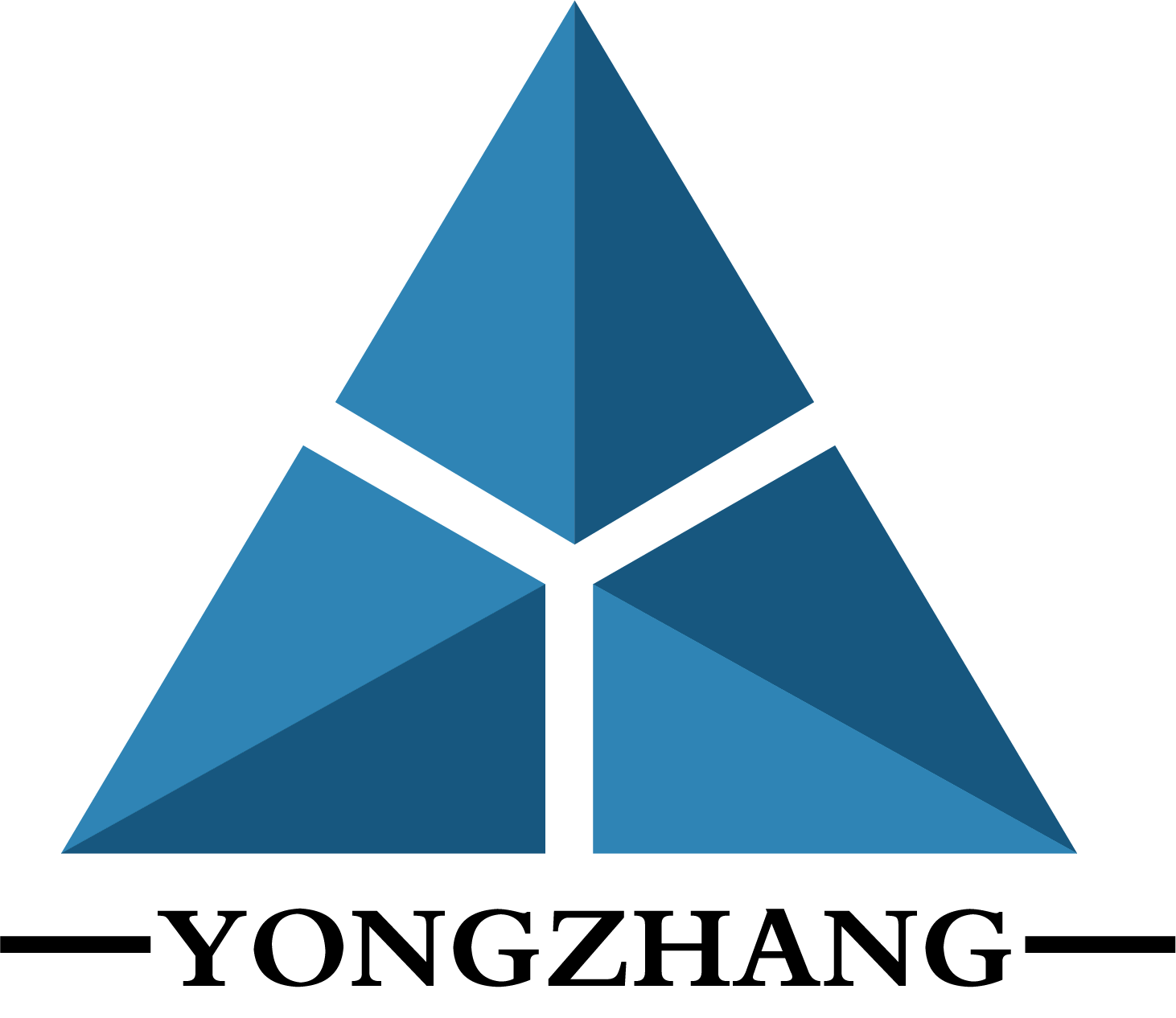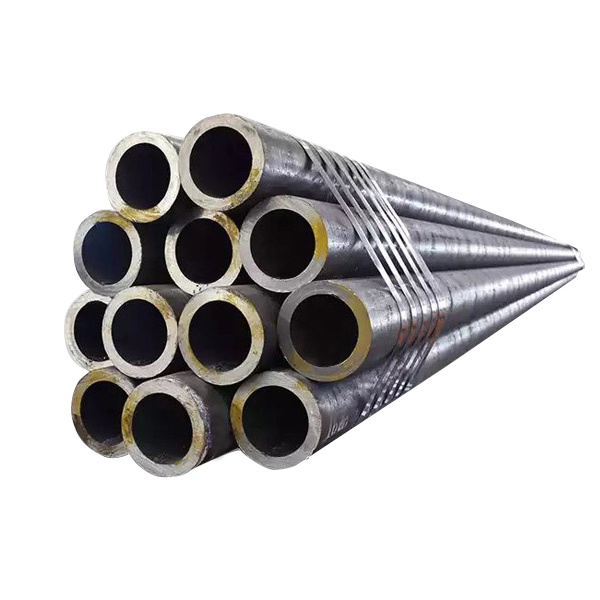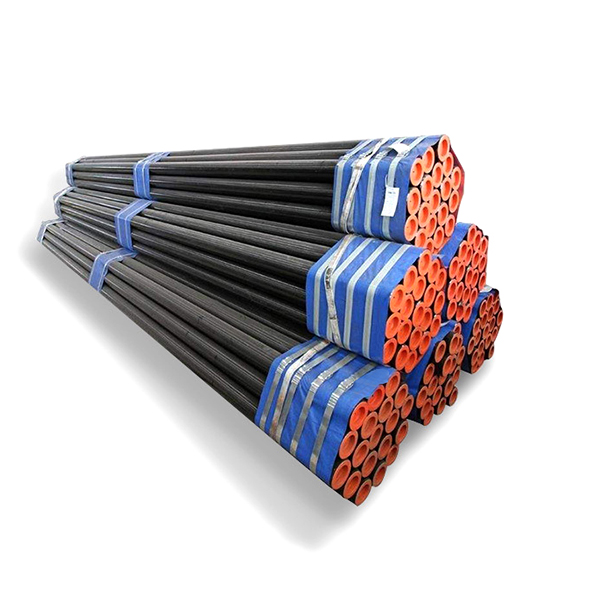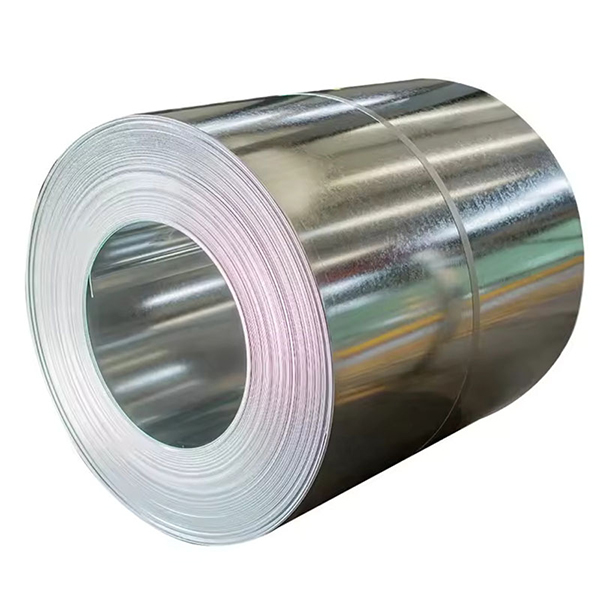What are the advantages and disadvantages of cold-rolled steel?
Due to its outstanding performance and accuracy, cold-rolled steel is widely applied in numerous fields. In the aviation sector, cold-rolled steel is used to manufacture various high-precision and high-strength components; in the machinery manufacturing industry, it is an ideal choice for creating precise mechanical parts; and in the home appliance industry, cold-rolled steel is extensively used to manufacture aesthetically pleasing and highly functional home appliances.
The reason why cold-rolled steel is so favored lies in its unique advantages. Moreover, cold-rolled steel also has precise dimensions and shapes, which can meet various high-precision and demanding application scenarios.
1. Excellent mechanical properties: Cold-rolled steel boasts outstanding strength, hardness, and toughness, making it the preferred material in many applications. Its high strength enables cold-rolled steel to withstand heavy loads and high-pressure environments while maintaining structural stability.
2. Excellent surface quality: During the cold rolling process, the steel undergoes multiple rounds of pressing, stretching, and cooling, resulting in a high surface finish with no obvious defects or flaws. This makes cold-rolled steel widely used in applications requiring high precision and high gloss (such as in automobiles, electronic products, etc.).
3. Good processing performance: Cold-rolled steel has good plasticity and machinability, allowing it to be processed into various shapes of components and structures through cold bending, cold cutting, and cold drawing methods. This makes cold-rolled steel have a broad application prospect in the manufacturing industry.
4. Excellent corrosion resistance: Cold-rolled steel is usually treated with galvanization or other surface treatments, forming a protective layer that provides excellent corrosion resistance. This makes cold-rolled steel perform well in marine environments, chemical industries, and outdoor structures that are prone to corrosion.
Of course, there are also some limitations to cold-rolled steel. Therefore, when choosing to use cold-rolled steel, it is necessary to make a comprehensive consideration based on the specific application scenarios and requirements.
1. Higher cost: Compared to hot-rolled steel, the production process of cold-rolled steel is more complex, requiring more procedures and equipment, which results in a higher production cost.
2. Higher energy consumption: The manufacturing process of cold-rolled steel involves multiple cooling and reheating steps, consuming a large amount of energy and having an impact on the environment.
3. Slightly lower mechanical properties: Compared to hot-rolled steel, the mechanical properties of cold-rolled steel are slightly lower. Especially after cold rolling, the steel is prone to deformation and springback, and further heat treatment is required to restore its original properties.
In conclusion, cold-rolled steel possesses excellent mechanical properties, surface quality, and processing performance, and also has good corrosion resistance. However, its manufacturing cost is higher, energy consumption is greater, and its mechanical properties are slightly inferior to those of hot-rolled steel. In practical applications, the choice of suitable material needs to be based on specific requirements and cost considerations.





